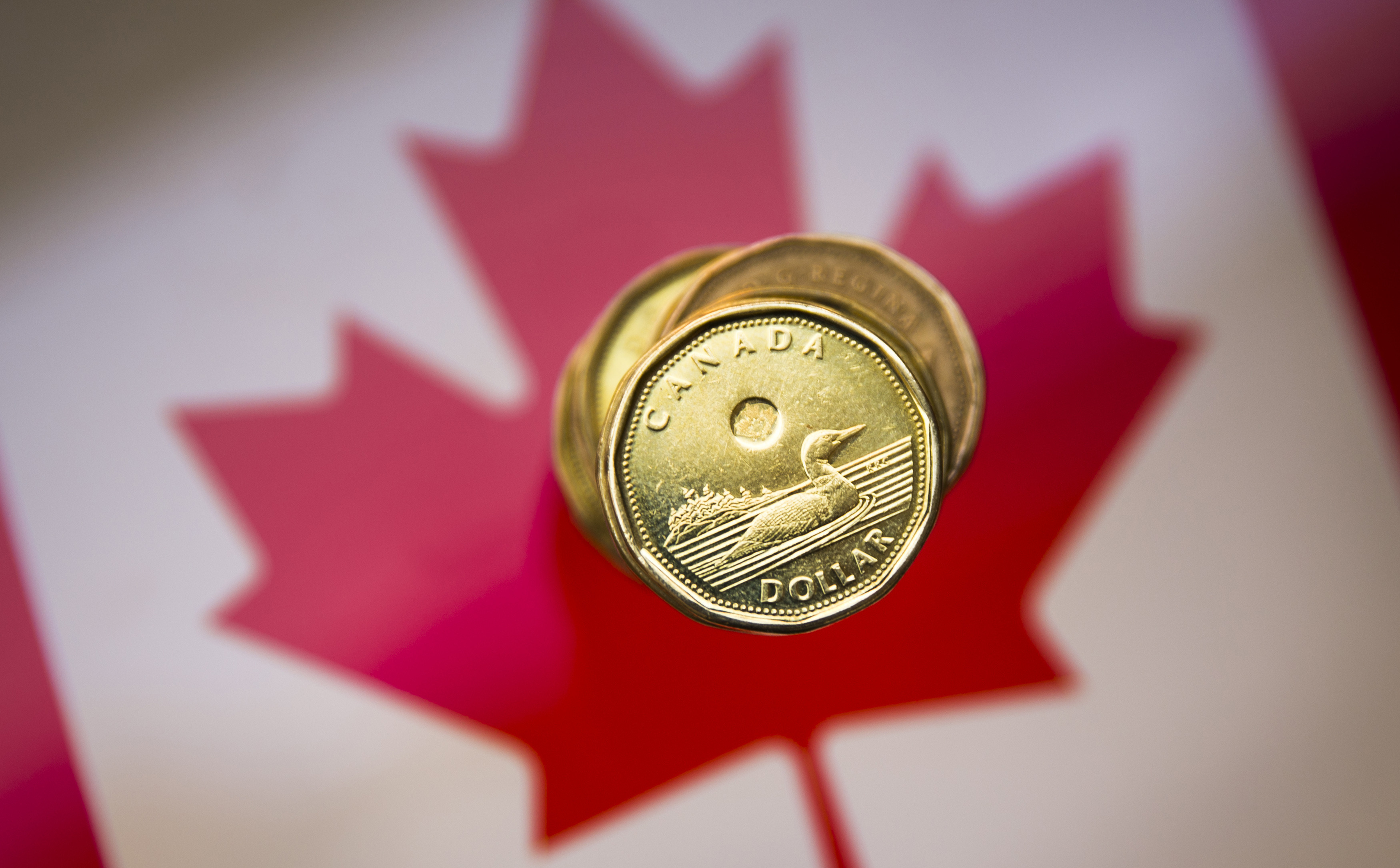1 min read

1 min read
 Merit Street Media
|
Feb 03, 2025
Merit Street Media
|
Feb 03, 2025

The Canadian dollar added to its monthly decline against its U.S. counterpart on Friday in volatile trading as investors braced for the expected start of U.S. tariffs on Canadian goods, including on oil which some expected to gain an exemption.
The loonie ended 0.2% lower at 1.4524 per U.S. dollar, or 68.85 U.S. cents, after moving in a range of 1.4374 to 1.4558.
For the month, the currency was down 1%, its fifth straight month of declines. That is the longest monthly losing streak since 2016. On Thursday, it touched its weakest level in nearly five years at 1.4592.
"How much mileage does it (USD-CAD) have on the upside is the obvious question that comes into play," said Amo Sahota, director at Klarity FX in San Francisco.
"Tech analysts are pointing to the highs from 2020 and 2016, which come in just shy of 1.47. Other people are targeting that it is going to skip through that with some ease and we'll be facing 1.50."
U.S. President Donald Trump said he expects his administration to impose tariffs related to oil and gas around Feb. 18 and it could lower levies on some Canadian crude to 10%.
Equity markets did not like the inclusion of oil, Sahota said. Canada's main stock index closed 1.1% lower, with energy shares pacing a broad-based decline.
Earlier in the day, the White House said Trump will implement tariffs of 25% on Canadian and Mexican imports on Saturday and 10% tariffs on Chinese goods with immediate effect.
The Bank of Canada on Wednesday said that most of the loonie's decline in recent months was due to rising uncertainty around trade policies as it cut its benchmark interest rate by 25 basis points to 3% to support the economy.
The Canadian 10-year yield was down 3 basis points at 3.092%, after earlier touching its lowest level since Dec. 11 at 3.062%.
Copyright Reuters